We’re another year into the modern true crime boom, with no sign of slowing. In fact, the literature seems to get more mature and complex the further we get into the era. This year’s books are a great example. Gone are the days when buddying up to the local detective got you the crime story you needed. These writers are doing intense archival research, going into vulnerable communities, and studying the lives of victims and criminals both; the common thread is that each of the books below brings a surprising new angle to the crime narrative. From stories of systemic corruption to personal memoirs, they take on crime at every level. It was also a strong year for deeply researched tales of espionage and duplicity, with larger than life figures and feats emerging from world historical events, bringing the individuals into focus. Below you’ll find a range of books, from contemporary crime narratives to memoirs to historical nonfiction. We’ve labeled them all “true crime” because that’s how diverse the genre has become, and we’re here to celebrate its continuing rise.
Here are our choices for the year’s best true crime books.

Nicholas Griffin, The Year of Dangerous Days: Riots, Refugees, and Cocaine in Miami 1980
(37 Ink)
Griffin’s book is essentially a year-in-the-life of a great American city, but the year is 1980, the city Miami, and the events completely transformative of society at large. Griffin chronicles a wild intersection of events including a massive influx of refugees from Cuba, the launch of a war between rival narcotraffickers, police abuse, murder, and dizzying swirls of conspiracy, all the while Miami was beginning its transformation into a revived vacation destination. Miami remains one of the continent’s most fascinating cities, and anyone wishing to understand how it got that way, and the persistent social divides that have shaped it, should read Griffin’s captivating account of 1980. –Dwyer Murphy, CrimeReads Editor-in-Chief
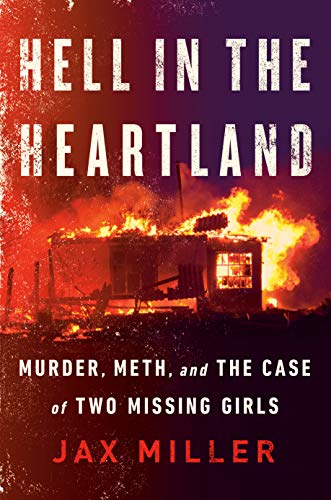
Jax Miller, Hell in the Heartland: Murder, Meth and the Case of Two Missing Girls
(Berkley)
Jax Miller started out writing fiction, and her lyrical prose is a perfect match for the desolate landscape she inhabits as she sets out to investigate a deadly trailer fire on the cusp of the new millennium that left two adults dead and two teenage girls missing. The girls’ families are determined to search for their loved ones, but police misconduct, institutional corruption and ineptitude, and a powerful local mafia of meth dealers all stand in the way of the awful truth. –Molly Odintz, CrimeReads Senior Editor
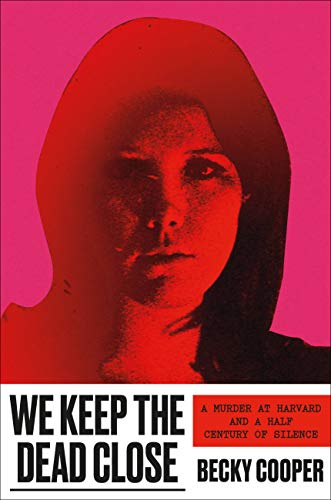
Becky Cooper, We Keep The Dead Close: A Murder at Harvard and a Half-Century of Silence (Grand Central Publishing)
In 1969, a Harvard student named Jane Britton was found bludgeoned to death. It was a momentous year at the university. Student protests were sweeping the country, and Harvard was merging with its sister school Radcliffe. Britton was an ambitious student focused on anthropology, and after her killing, there were rumors that it had something to do with members of the department. Forty years later, Becky Cooper heard about the death and the story haunted her. How could it remain unsolved? What did the whispers about the anthropology department mean? In We Keep the Dead Close, she investigates the brutal murder, interrogates its legacy at the university, and reflects on the enduring power of violent ends. The result is a haunting story about power dynamics at an American institution that still hasn’t fully reckoned with the tragic events of 1969. –DM

Baynard Woods and Brandon Soderberg, I Got a Monster: The Rise and Fall of America’s Most Corrupt Police Squad
(St. Martin’s)
I Got a Monster reads like Bad Lieutenant on steroids—and it’s all true. For several years, Baltimore’s Gun Trace Task Force (GTFF), under the corrupt and corrupting leadership of Wayne Jenkins, robbed drug dealers, unable to report the theft of money earned through illicit means, and split the cash between themselves. Before they faced censure in 2017, they used all the resources at their disposal to cover up their crimes, including planting drugs, falsifying video reports, and lying to those closest to them. Woods and Soderberg tell the story soberly, but with an entertaining level of disgust for the machinations of the corrupt. –MO

Emma Copley Eisenberg, The Third Rainbow Girl: The Long Life of a Double Murder in Appalachia
(Hachette)
The Third Rainbow Girl is both fascinating and discomforting, as we follow the author through a quest to uncover the truth behind the murders of two young women on their way to the first Rainbow Gathering. Emma Copley Eisenberg was working in Pocahontas County, West Virginia and hanging out at bluegrass jam sessions in her off hours when she first heard of the “Rainbow Murders.” The book takes us down several paths when searching for solutions, but ultimately is more concerned with exploring the stark differences between the two young women on their way to the festival and the hardscrabble lives of the locals. So if you’re wondering how to entertain yourself this winter, you can always put on some Smithsonian Folkways Albums, kick your heels up, and read this in one sitting. –MO
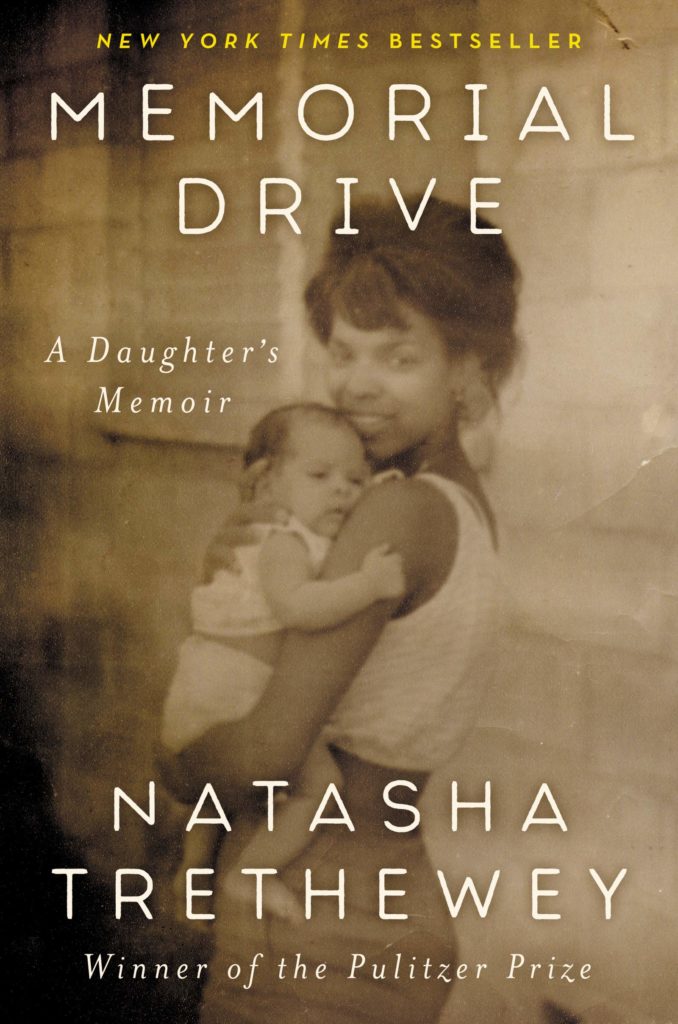
Nathasha Trethewey, Memorial Drive: A Daughter’s Memoir
(Ecco)
Natasha Trethewey is a Pulitzer Prize-winning poet, but her new book is a mixture of true crime and memoir, as she delves into the horrifying story of her mother’s murder, killed by her former stepfather. Beautifully written, and achingly heart-rending, Memorial Drive is a powerful portrait of loss, love, and the long shadow of cruelties large and small. –MO

Debora Harding, Dancing With the Octopus: A Memoir of a Crime
(Bloomsbury)
Deborah Harding’s heartbreaking memoir explores the long after-effects of multiple traumas in the author’s life. At age 14, she was abducted at knifepoint, sexually assaulted, and left on the side of the road in the midst of blizzard. Miraculously, she survived, but her mother’s longtime abuse, her father’s frequent absences, and her family’s lack of support for the healing process all left deep wounds. As an adult, happily married and able to see her childhood in a new light, Debora Harding set out to find out what really happened during her youth. –MO

Ravi Somaiya, The Golden Thread: The Cold War and the Mysterious Death of Dag Hammerskjold
(Twelve)
Ravi Somaiya’s summing up of the investigation into the mysterious death of United Nations general secretary Dag Hammerskjold is as epic and sweeping as one would expect. The Americans, the Brits, the Rhodesians, and the Soviets (and a slippery and terrifying white supremacist organization out of South Africa) all want their hands on the Republic of Congo’s vast mineral wealth, and only the new nation and the UN forces stand between freedom and exploitation. This book speaks to the origins of our current days of discontent, and it reads like a thriller (the case has continued to develop to this day).

David Stout, The Kidnap Years: The Astonishing True History of the Forgotten Kidnapping Epidemic That Shook Depression-Era America
(Sourcebooks)
Stout’s book makes for a surprisingly timely read as a pandemic sweeps the country, killing scores and crippling the economy. The Kidnap Years looks back at the Great Depression and uncovers a forgotten crime epidemic that swept across the financially drained country: kidnapping. Astonishingly active criminal rings formed in cities and towns across America, preying on citizens up and down the economic ladder. Reading about it now, we’re reminded how fragile the social fabric can be, and how quickly things can descend in times of widespread turmoil. –DM
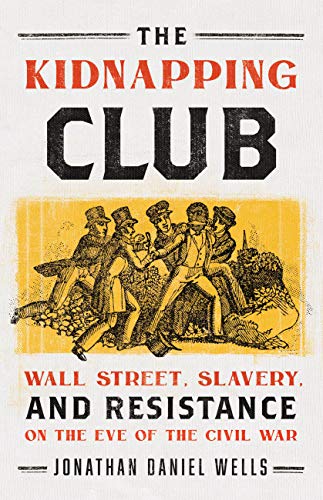
Jonathan Daniel Wells, The Kidnapping Club: Wall Street, Slavery, and Resistance on the Eve of the Civil War (Bold Type Books)
In the 1840s, the “kidnapping club,” a grotesque society dedicated to kidnapping free Black people and selling them as slaves, led a reign of terror against New York City’s African-American communities. Activists and families fought back against the cabal of profiteers, officials, and other racists who threatened their autonomy, for what is not only a disturbing tale of human trafficking, but also an inspiring story of community resistance. To read this book is to remember that the worst criminals are often the most powerful people around, and also that there will always be those who stand up against the powerful. –MO
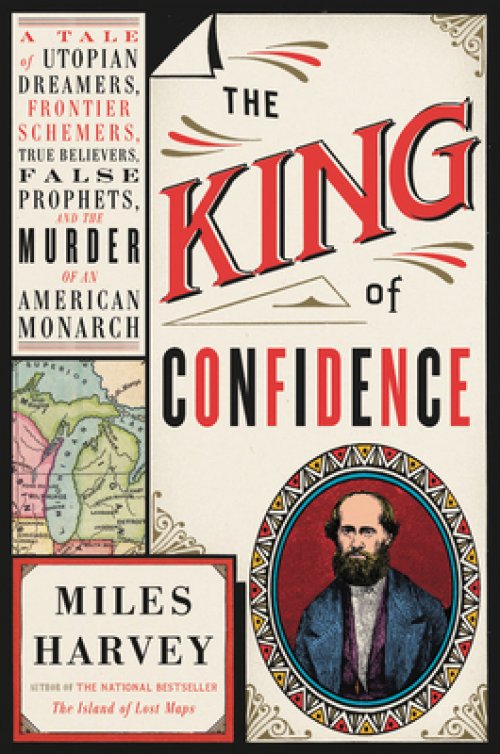
Miles Harvey, The King of Confidence: A Tale of Utopian Dreamers, Frontier Schemers, True Believers, False Prophets, and the Murder of an American Monarch
(Little Brown and Co)
Immediately after finishing this one, I texted a friend who, like me, had spent years living in housing cooperatives and had an interest in utopian communities, squeeing about my new favorite ne’er-do-well of history: James Strang, a con artist for the centuries. Strang failed at many an antebellum profession before finding his calling; after a plan to lure Mormons to Michigan to pay inflated land prices was threatened by the sudden demise of Joseph Smith, James Strang had a sudden revelation that he was Smith’s intended successor. Enjoy this wild tale of Strang’s breakaway Mormon cult, who bought into the land deal but eventually ended up a little more skeptical of their new lord and master, who even insisted on being crowned king. –MO
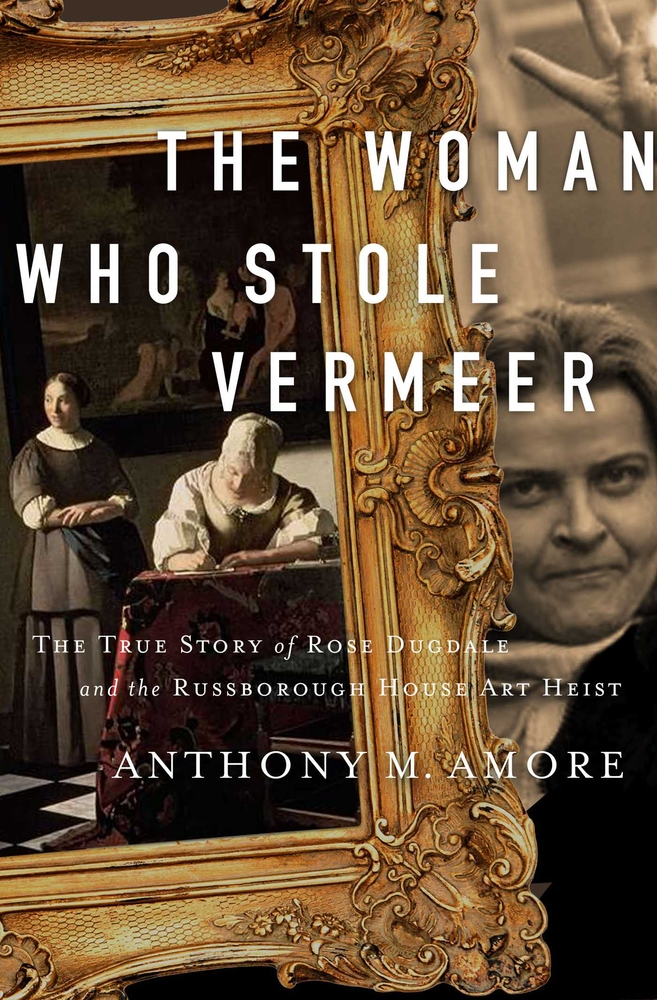
Anthony Amore, The Woman Who Stole Vermeer: The True Story of Rose Dugdale and the Russborough House Art Theft (Pegasus)
In 1974, Rose Dugdale led a heist at the Russborough House in County Wicklow, Ireland. Among the paintings stolen were Vermeer’s Lady Writing a Letter with Her Maid, one of only two of the artist’s paintings in private hands (the other belonged to the British royal family). The crime was peculiar for several reasons: it marked one of the very rare occasions of a woman-led art heist, and it was done in the name of radical politics. Dugdale was a PhD and an heiress who had taken up the cause of Irish republicanism. In this fascinating new book, Amore, the Director of Security and Chief Investigator at the Isabella Stewart Gardner Museum, the site of another notorious heist, takes a look at the life and crimes of Dugdale. Stripping away the distortions of her legacy and focusing on Dugdale on her own terms, Amore creates a compelling, illuminating portrait of a woman of deep conviction and daring. He has an uncommon nuance in his analysis, and nobody can surpass him for expertise when it comes to the theft of priceless art. The story he tells is a complex one of morality, transgression, and invention. –DM
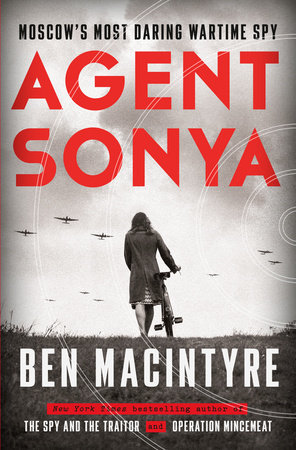
Ben MacIntyre, Agent Sonya: Moscow’s Most Daring Wartime Spy
(Crown)
MacIntyre, one of the foremost chroniclers of the history of espionage, is back with a new chapter from the midcentury annals: a woman living a quiet life in an English village, soon revealed to be one of Moscow’s most accomplished daring spies. MacIntyre traces her professional roots back to her recruitment in 1930s Shanghai, her commitment to the cause of worldwide workers’ revolution, and her operations during WWII. Her evolving beliefs offer a fascinating reflection of world ideologies and compromises, a difficult arc that MacIntyre traces skillfully. –DM

Scott Anderson, The Quiet Americans: Four CIA Spies at the Dawn of the Cold War—A Tragedy in Three Acts
(Doubleday)
Anderson brings us a vivid, richly researched, and deeply engaging history of the earliest forays of the Cold War, when the CIA was first forming and organizing its mission and Soviet intelligence was widening its influence across Germany and the Eastern Bloc. Focusing on the histories of four spies with disparate backgrounds, Anderson brings a still obscure battlefront into sharper relief and shows how profoundly that era crafted the world we live in today. –DM

Toby Muse, Kilo: Inside the Deadliest Cocaine Cartels—From the Jungles to the Streets (William Morrow)
It’s sometimes easy to forget that cocaine is a commodity, and that narco-trafficking is not a purely controlled, monolithic enterprise run by shadowy cartels, but rather a deeply layered, deeply complex tangle of power relationships and marketplaces, all of them charged by the promise of riches and, to one degree or another, violence. In Muse’s new book, Kilo, he navigates the world of narco-production, trafficking, and consumption through each of those many layers, following one kilo of cocaine from the mountaintops of Colombia, across each state of its half-life. The result is a staggering work of reportage and social analysis. Muse is an experienced war journalist and for Kilo, he put himself into many dangerous situations to get incredible access to the narco-subcultures so few have witnessed. –DM
___________________________________
Notable Selections
___________________________________
Michael Cannell, A Brotherhood Betrayed: The Man Behind the Rise and Fall of Murder, Inc. (Minotaur) · David Hill, The Vapors: A Southern Family, The New York Mob, and The Rise and Fall of Hot Springs, America’s Forgotten Capital of Vice (FSG) · Kate Winkler Dawson, American Sherlock: Murder, Forensics, and the Birth of American CSI (Putnam) · Alan Feuer, El Jefe: The Stalking of Chapo Guzmán (Flatiron Books) · Jonathan Gill, Hollywood Double Agent: The True Tale of Boris Morros, Film Producer Turned Cold War Spy (Abrams Press) · Luke Harding, Shadow State: Murder, Mayhem, and Russia’s Remaking of the West (Harper) · John Billman, The Cold Vanish: Seeking the Missing in North America’s Wetlands (Grand Central) · Sylvia Sellers-Garcia, The Woman on the Windowsill: A Tale of Mystery in Several Parts (Yale) · Javier Cercas, Lord of All the Dead (Knopf) · Kathy Peiss, Information Hunters: When Librarians, Soldiers, and Spies Banded Together In World War II Europe (Oxford University Press) · Martin Puchner, The Language of Thieves: My Family’s Obsession with a Secret Code the Nazis Tried to Eliminate (Norton) · Jonathan Schneer, The Lockhart Plot: Love, Betrayal, Assassination, and Counter-Revolution in Lenin’s Russia (Oxford University Press) · Chloe Hooper, The Arsonist: A Mind On Fire (Seven Stories) · Tyler Maroney, The Modern Detective: How Corporate Intelligence is Reshaping the World (Riverhead) ·




















